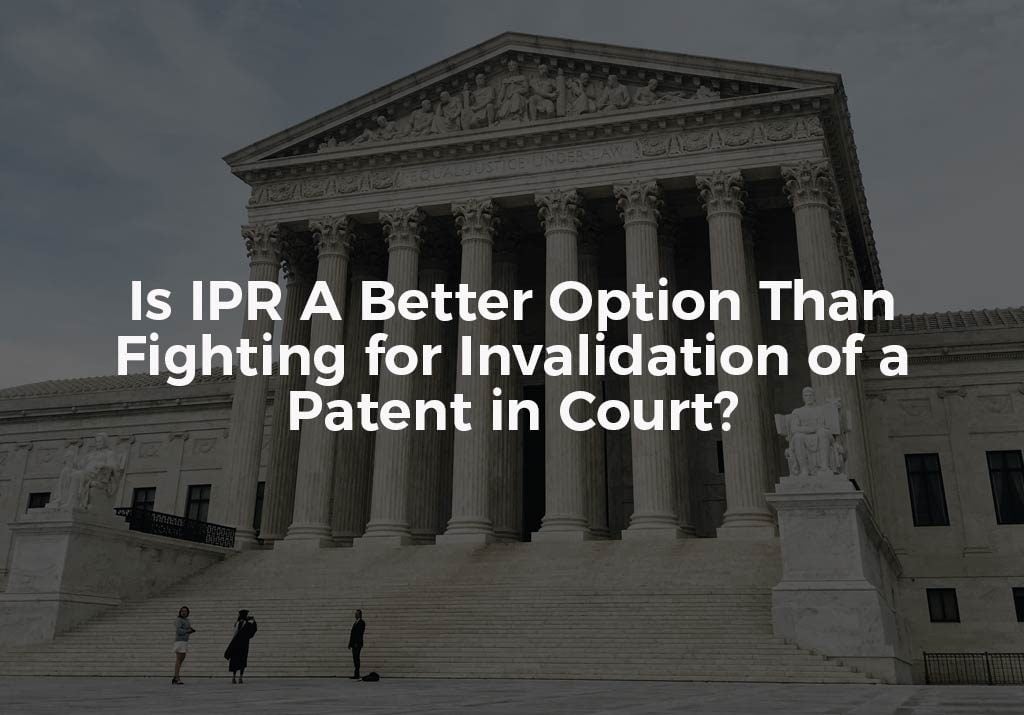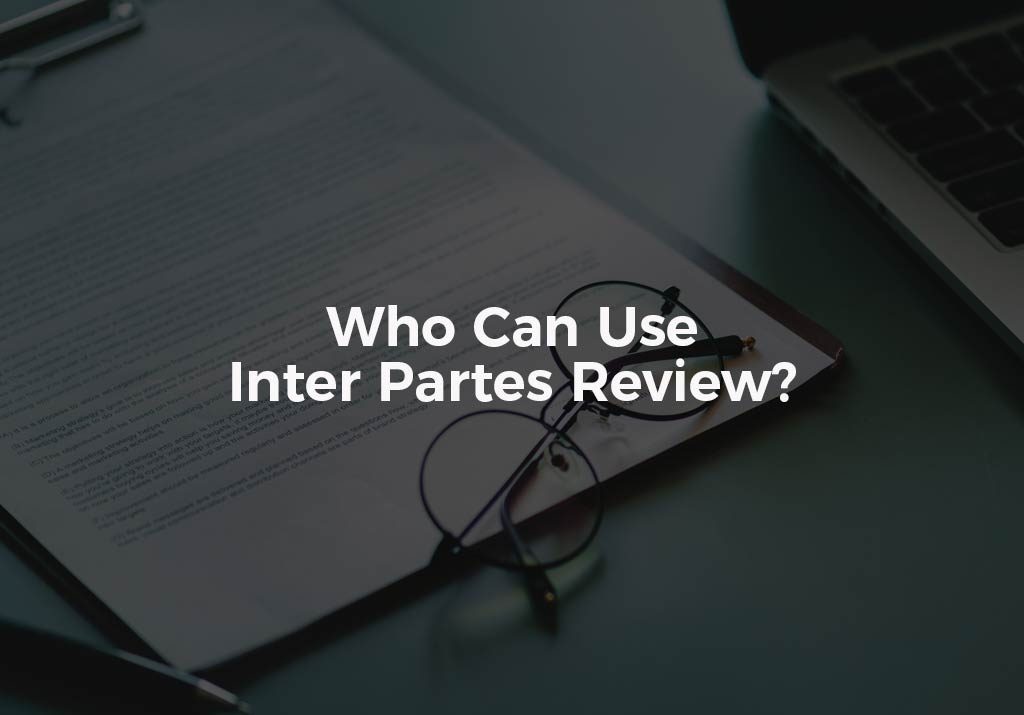With all the discussion about the potential usefulness of Inter Partes Review (IPR) petitions as a way to seek the invalidation of a patent, petitioners often get excited about getting the IPR process started without having much of an understanding about what happens after an IPR decision is rendered by the Patent Trial and Appeal Board (PTAB). At the conclusion of a successfully instituted IPR proceeding, the PTAB will issue a written final decision. In the final decision, the PTAB will discuss the patentability status of any challenged claim of the contested patent(s) and any newly added claims that were introduced during the IPR proceeding. Each challenged patent claim will either be deemed valid or invalid. If all the claims in a challenged patent are deemed invalid, the contested patent as a whole is deemed invalid.
What Are The Other Implications Of An IPR Decision?
The effect of an IPR decision is that the parties can be bound by estoppel concerning future legal actions regarding the contested patent.
- Estoppel Implications for the Petitioner. If the petitioner loses, and the PTAB finds that the contested patent is valid, the petitioner will be estopped from filing a subsequent Patent Office, District Court, or International Trade Commission proceeding against the contested patent on any grounds that were raised or could have been reasonably raised during the IPR proceeding.
- Estoppel Implications for the Patent Owner. If the patent owner loses, and the PTAB finds that the contested patent is invalid, or some of the claims are invalid, the patent owner will be estopped from later taking any legal action that is inconsistent with the PTAB’s adverse judgement against their invalid patent claims. This means that the patent owner cannot seek patent protection of substantially similar claim limitations in another patent filing, nor can the patent owner amend their contested patent disclosure in a way that was denied by the PTAB.
So If You Are Unhappy With the Outcome of The IPR, What Can You Do?
Fortunately, if you are unhappy with the outcome of an IPR proceeding, you have the option of appealing the PTAB’s IPR decision to the United States Court of Appeals for the Federal Circuit. The petitioner must file a written Notice of Appeal to the Director of the USPTO that provides sufficient detail about the issues being appealed so that the Director can determine if the Director must exercise his or her authority to intervene in the appeal. Petitioners who are considering appealing an IPR final decision need to act quickly as the appeal must be initiated within 63 days of the PTAB’s decision.
Consider Working With An IPR Attorney
The professionals at The Rapacke Law Group can work with you to prepare and file an IPR petition. We can help you navigate the IPR process and will help ensure that no deadlines are missed. Please contact us today if you would like to speak with a professional about your situation.




